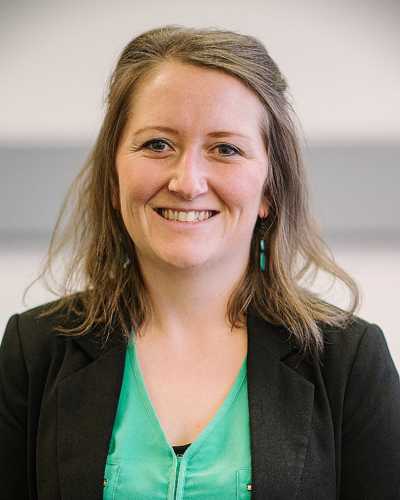Now published, see the full article 
Early Abstract:
Introduction: Globally, primary care organisations responded rapidly to COVID-19 physical distancing requirements through the adoption of telehealth to maintain the delivery of health care to communities. In Australia, temporary Medicare Benefits Schedule (MBS) telehealth items were introduced, in March 2020, to enable the provision of telehealth services in the primary care setting. These changes included funding for two modes of telehealth delivery; videoconferencing and telephone consultations. As primary care organisations, Aboriginal Community Controlled Health Organisations (ACCHOs) rapidly adopted telehealth consultations to maintain the delivery of primary care services to Aboriginal and Torres Strait Islander clients. The aim of this study was to evaluate the implementation (specifically the uptake, acceptability, and requirements for delivery) of telehealth primary health care services for Aboriginal and/or Torres Strait Islander Peoples by a rural ACCHO during COVID-19.
Methods: A single site convergent-parallel mixed methods study was undertaken in the context of an ongoing research partnership established between a rural Aboriginal Community Controlled Health Organisation and a University Department of Rural Health. De-identified health service data from March 2020 to March 2021 was extracted, including MBS telehealth consultations and client demographics (e.g., age, gender, and postcode). Variables were analysed using descriptive statistics to examine the uptake of telehealth by Aboriginal and Torres Strait Islander clients. A geographical analysis of postcode data was also undertaken. Semi-structured interviews were undertaken concurrently with a purposive sample of health service personnel (including health professionals) involved in the implementation or delivery of telehealth, and Aboriginal and/or Torres Strait Islander clients who had accessed telehealth to explore the acceptability of telehealth and requirements for delivery. Thematic analysis using an inductive approach was undertaken. The analyses of quantitative and qualitative findings were merged to identify key concepts pertaining to the uptake, acceptability and requirements for telehealth delivery.
Results: During the first year of implementation, 435 telehealth primary health care consultations were delivered to Aboriginal and/or Torres Strait Islander clients. Seven health personnel and six Aboriginal and/or Torres Strait Islander clients participated in interviews. Merged findings from an analysis of quantitative and qualitative data were grouped under three concepts: (1) uptake of telehealth consultations by Aboriginal and Torres Strait Islander clients, (2) maintaining the delivery of ACCHO services during COVID-19, and (3) implications for sustaining telehealth in an ACCHO. Findings identified that telehealth maintained the delivery of ACCHO services to Aboriginal and/or Torres Strait Islander clients across the lifespan during COVID-19, despite a preference for face-to-face consultations. A greater uptake of telephone consultations compared to videoconferencing were identified. Barriers to the utilisation of videoconferencing were largely technology related, highlighting the need for additional support for clients
Conclusion: Telehealth provided a useful addition to face-to-face consultations when used in the appropriate context such as the administration of long-term medication prescriptions by a general practitioner. Engaging the Aboriginal Community Controlled Health Organisation sector in the policy discourse around telehealth is imperative for identifying requirements for ongoing implementation.



